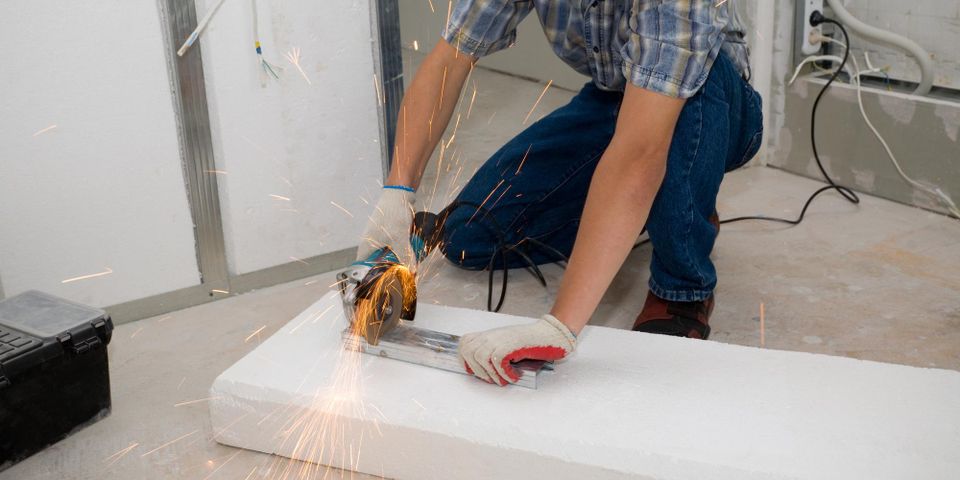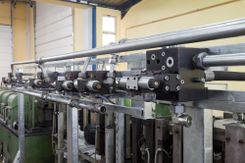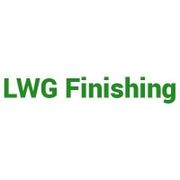
Metal finishing is the process of applying a coating or treatment to the exterior of a metal substrate. It helps protect the component and improve both its function and aesthetic. However, there is a range of processes that can be employed for metal finishing, including chrome plating, electroplating, anodizing, coating, passivation, and blasting. Understanding the differences helps you to decide which best meets your needs.
What You Need to Know About Metal Finishing
What's the difference between coating and plating?
Both plating and coating provide a finished “skin” on a substrate exterior. Electroplating uses an electric current that passes through an electrolyte. When the electrolyte splits, atoms are deposited onto the metal. Chrome plating makes them more resistant to wear and corrosion, abrasion, and friction. Coating is a process where a powder is applied to the surface and then cured under heat and covered in paint—rather than metal.
What is passivation?
 Passivation is a process that leaves the part “passive” to environmental elements. One of the most common uses is on zinc or zinc-alloy components to prevent rusting and improve its resistance to corrosion. The purpose is to minimize the chemical reactivity of the metal surface. There are some cases in which passivation before chrome plating is not needed, such as with stainless steel.
Passivation is a process that leaves the part “passive” to environmental elements. One of the most common uses is on zinc or zinc-alloy components to prevent rusting and improve its resistance to corrosion. The purpose is to minimize the chemical reactivity of the metal surface. There are some cases in which passivation before chrome plating is not needed, such as with stainless steel.
Is anodizing similar to plating?
Anodizing uses an electrochemical process to turn aluminum parts and other nonferrous materials into more durable and corrosion-resistant products. Unlike painting or plating, anodizing uses aluminum oxide properties and an acid electrolyte bath to ensure the properties are entirely integrated with the underlying aluminum substrate, making it impervious to peeling or chipping. The porous makeup makes it viable for coloring and sealing.
What are some common metals or tools that need finishing?
Two of the most popular uses for metal finishing are hydraulic rods and salvage parts. Hard chrome plating, for example, is often used for hydraulic cylinder rods due to its ability to eliminate old chrome, resmooth, resurface and replate the rods in a cost-effective manner. Salvage plating can extend the life span of parts and prevent the need to buy new components.
What are the uses of sandblasting or grinding?
Sandblasting is often used for projects that need a matte texture. It is beneficial for projects where materials need to be prepped for powder-coating, cleaned, or derusted. Common uses for sandblasting include furniture, building structures, and vehicles. Similarly, grinding can be used for applications in smoothing out the surface of a metal product.
LWG Finishing in Fairfield, OH, is a quality chrome plating company that provides top-notch services to construction, mining, industrial, and automotive industries for nearly 50 years. Their specialists provide Butler County with exceptional customer service. Whether you need chrome plating for hydraulic shafts or a quality grinding service, they have the expertise you need. Call them today at (513) 860-1156 to schedule an appointment, or visit their website to learn more about their services.
About the Business
Have a question? Ask the experts!
Send your question

